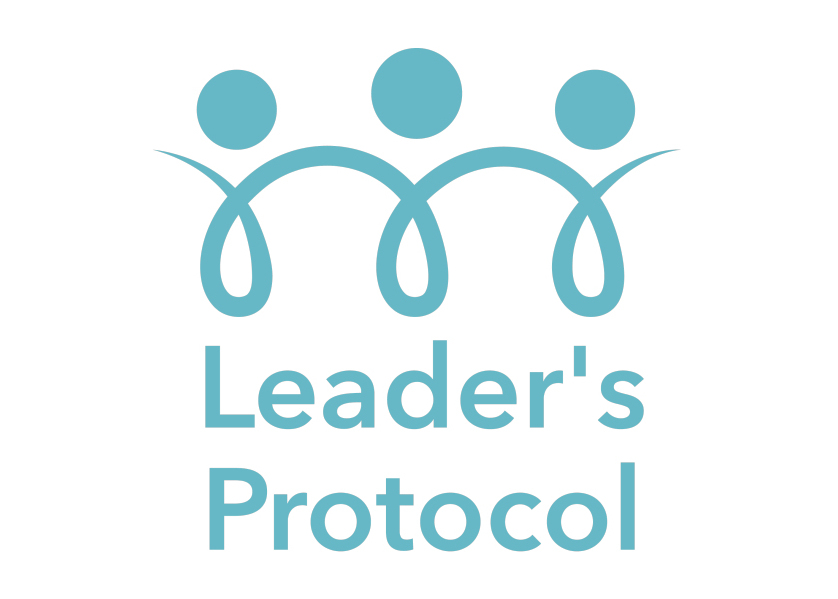The ongoing discourse on Agile practices is enriched by the compelling interplay between human resilience and the practical application of Agile. By drawing insights from Jennifer Riggins‘ very thought provoking blog and a spectrum of scholars, here’s a critique and endorsement of the article’s viewpoint.
Critique:
- Scope of Resilience: An over-emphasis on individual resilience as a success metric for Agile practices may overlook the holistic nuances. As inferred in Jennifer’s blog, Approval, Belonging, Security, and Control serve as linchpins in constructing personal resilience. Beyond the immediate personal realm, Organisational Health, a concept illuminated by Patrick Lencioni, signals the harmonious intersection of cohesive leadership, clear direction, and an elevated workplace morale.
- Agile in the Broader Ecosystem: Agile, while revolutionary in its approach, operates within the broader delivery ecosystem of organizations, as underscored by “The Four Disciplines of Execution”(McChesney et al, 2012). Execution is not solely about Agile practices. There’s an interdependent overlap that draws on focusing on the wildly important, acting on lead measures, maintaining a compelling scoreboard, and creating a cadence of accountability.
- Contextual Nuances of Agile Implementation: Though Agile practices are profound, their success hinges on the cultural and contextual milieu. A potent blend of vulnerability-based trust, Psychological Safety, and leadership consistency, championed by thinkers like Amy Edmondson and Tim Clarke is indispensable. The organic interweaving of these principles crafts a foundation for the environment wherein Agile thrives.
Support:
- Holistic Perspective: Jennifer’s holistic portrayal of Agile, rooted in human facets, is commendable. Yet even today, a tangible gap exists in the practical application of resilience-enhancing strategies. While theoretical frameworks abound, leadership’s capability to nurture resilience in teams is often uncharted territory. Yet, practical tools aligned with well-established theoretical constructs can expedite this journey. Often considered “boring” and maybe lacking an immediate dopamine rush with ever increasing immediate gratification, leaders must themselves be both tenacious and resilient themselves to yield the immense organisational benefits their practice can realise.
- Practical Implications: The emergence of hybrid working adds another layer of intricacy. With diverse work setups, sculpting a resilience-conducive ambiance demands intensified focus and unwavering commitment.
Agile implementation does and always has necessitated a leadership evolution, pivoting leaders from supervisors to resilience catalysts.
- Training and Development: A non-negotiable aspect of modern leadership is investing in resilience training. Such initiatives fortify individuals against both professional and personal adversities.
- Fostering a Safe Environment: An environment that values both care and challenge, mirroring the principles of “Radical Candor” proposed by Kim Scott, should be a leadership cornerstone. Teams should be nurtured with empathy while being constructively challenged to drive innovation and growth.
- The Art of Re-thinking: Drawing inspiration from Adam Grant’s idea of re-thinking, leaders must perpetually introspect and evaluate prevalent practices. Rodriguez Pardo’s question, “If we don’t do agility, what do we do?” serves as a timely reminder. An unwavering allegiance to Agile, without evidence-backed reasoning, risks echoing hollow Agile chants. Agility, when interlaced with resilience, anticipates and navigates impending changes adeptly.
The never-ending journey of organisational evolution must continue to be an area of focus for the academy. The fusion of insights across psychology, organizational behavior, and management can unravel the depth of resilience and Agile’s symbiosis.
As Agile practices become ubiquitous, its interrelation with human resilience, set against the backdrop of Jennifer’s and many other practitioner observations and insights alongside academic luminaries, gains prominence. A multidimensional approach, juxtaposing Agile within its broader organizational context and underscoring human resilience, offers a promising path forward.




